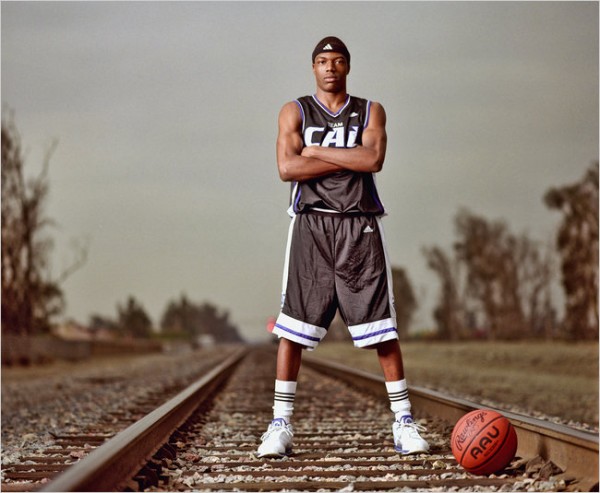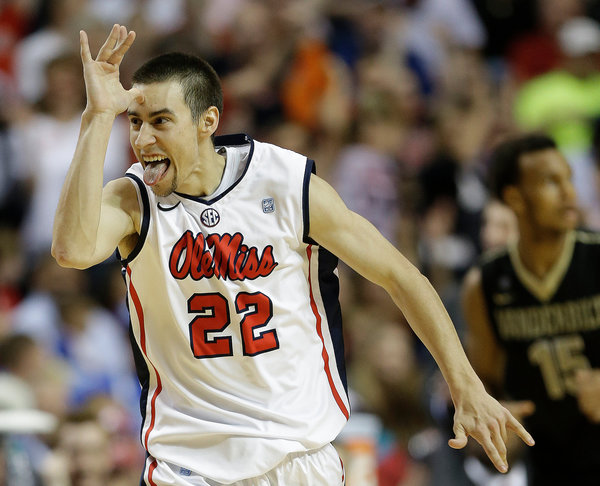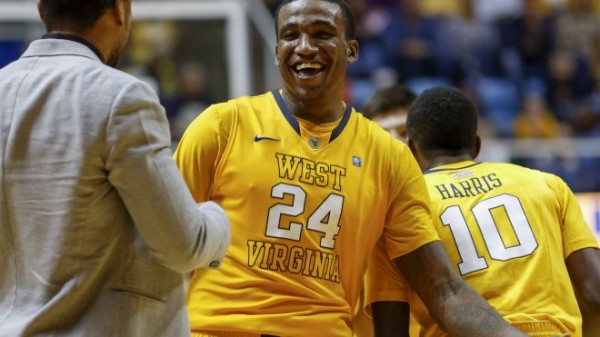Posted by Chris Johnson on July 15th, 2013
Chris Johnson is an RTC Columnist. He can be reached @ChrisDJohnsonn.
The lengths parents will go to control and obsess over their children’s youth sports development are legion. The process begins as far back as grade school when children with exceptional athletic talents are weaned off other athletic exploits and forced to devote hours upon hours to the sport their parents have identified as the one most likely to offer an expedient (and financially permissive) path through college, and for the best of the best, all the way to a professional career. Recent NBA draftee Shabazz Muhammad’s infamous age-change is the latest example, but there are countless other cases involving kids whose participation in youth athletics becomes more about the potential awards down the line – college scholarships, professional fame, shoe contracts, and the like – than the pure, blissful, unbridled joy typically inhering childhood athletic competition. Try the recent Wall Street Journal profile of 15-year old New Yorker Jerron Love, a supremely talented prospect with hyper-controlling parents who went as far as to start posting YouTube clips of their son at 11-years old titled, “Jerron Love 11 Year Old Basketball Phenom.” There’s also, more famously, the curious case of Demetrius Walker, chronicled in George Dohrmann’s tremendous book Play Their Hearts Out, which details the rise and fall of a 12-year-old hoops phenom deemed the absolute surest of “sure thing” prospects before said sureness ever reached a high school basketball court. Now more than ever, elite sports at the youth level are becoming a more career-oriented endeavor, replacing athletic enjoyment with long-term professional thinking. This shift in thinking has, naturally, gripped youth basketball at disturbingly young ages.

One of the biggest recruiting busts in recent memory, Walker is a popularized example of today’s warped youth basketball culture (Getty).
It has reached the point where, for some prospects, a typical, uninterrupted, seamless progression through middle school is less important than preparing oneself in the most opportunistic way for the recruiting evaluation cycle. How do I know? A recent article in The Star-Ledger provided the newest detail to a culture of elite youth basketball that has officially become a professionally motivated enterprise, wherein some of the country’s most highly touted recruits are repeating grades in middle school to maximize exposure to college coaches and better position themselves to leverage a crucial evaluation window to their greatest possible benefit. All four of New Jersey’s most highly rated prospects in the 2014 and 2015 classes repeated grades, and other big-name talents – including 2013 stars Andrew Wiggins (Kansas), Noah Vonleh (Indiana), Wayne Selden (Kansas), and lottery pick Nerlens Noel – have made the same choice. This is not a new practice. ESPN recruiting analyst Dave Telep, cited in writer Mathew Stanmyre’s article, states, “The genie is out of the bottle. It’s no longer a trend – it’s an accepted practice within high school basketball.” The thinking behind the move is simple: artificially place oneself in a younger age group so as to grant oneself the physical and skill advantages that come with facing a lesser level of competition. That’s the basic idea, but there are a few dynamics at work here, all of which go into making this practice not only a smart and efficient way to elevate one’s relative prep hoops standing, but a wise early career move.
Read the rest of this entry »
| recruiting
| Tagged: feature, karl towns, kentucky, recruiting
Share this story















































